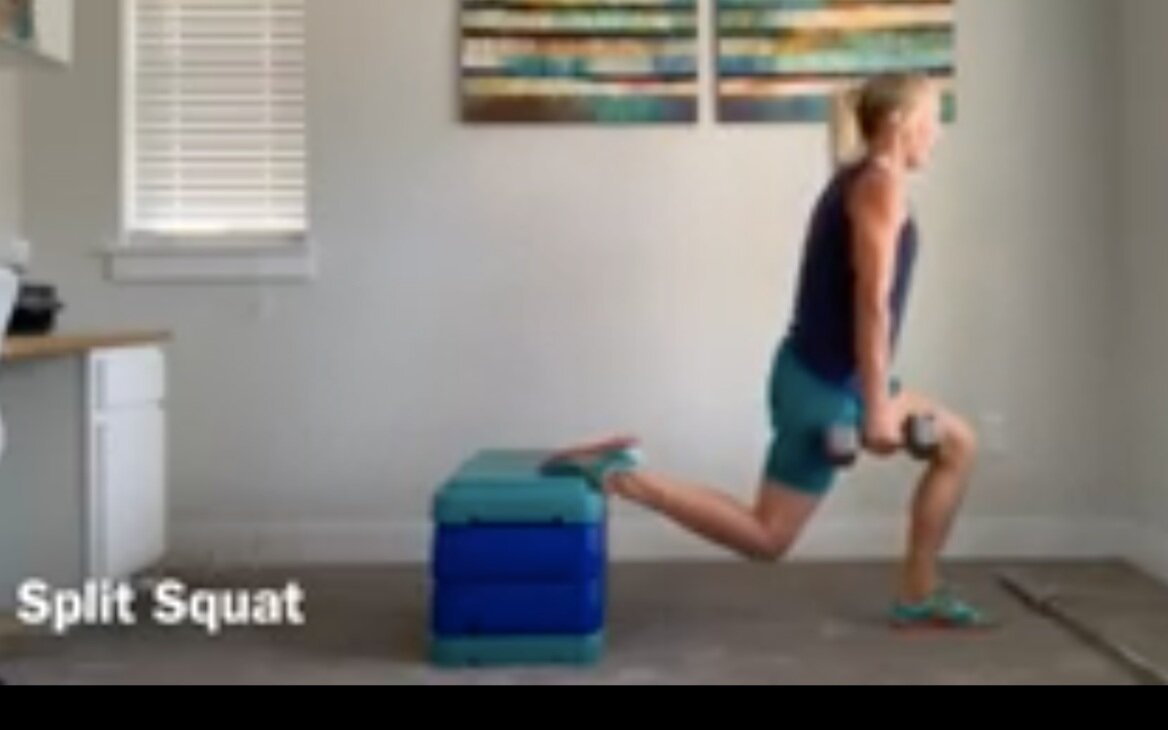If we had to pick only one strength training exercise it would be hard to beat a squat variation due to its’ ability to recruit a large percentage of the lower quarter musculature. To be fair, drawbacks of the squat would have to include the significant learning curve to learn the correct exercise movement, as well as, possible increased loading on the spine vs. other squat variations. In fact, the split or bulgarian squat offers the participant an opportunity to target similar muscle groups in the quads, gluts, and core with less risk of spinal compression. In my experience, it is also an easier exercise for novice’s to master and can provide a stepping stone to more advanced lower body training. A recent study highlights choosing the split squat may not sacrifice the performance gains seen with the traditional barbell squat.
Speirs and colleagues investigated the effect of either a unilateral or bilateral squatting exercise on strength, speed, and agility performance measures among rugby players (J Strength Cond Res. 2016). Each participant was randomized to one of the two exercises, at a moderate to high intensity, twice a week for 5 weeks. Authors found each group improved on the pre to post measurement, but there were no significant differences between groups. In my experience, the exercise prescription (reps, sets, intensity, and frequency) is often more important than the individual exercise selection especially in healthy participants. Exercise participants are encouraged to choose effective, safe exercises but instead of changing exercises aim to gradually adjust the exercise prescription for optimal gains.
Click Here to learn which exercises are most effective for you

